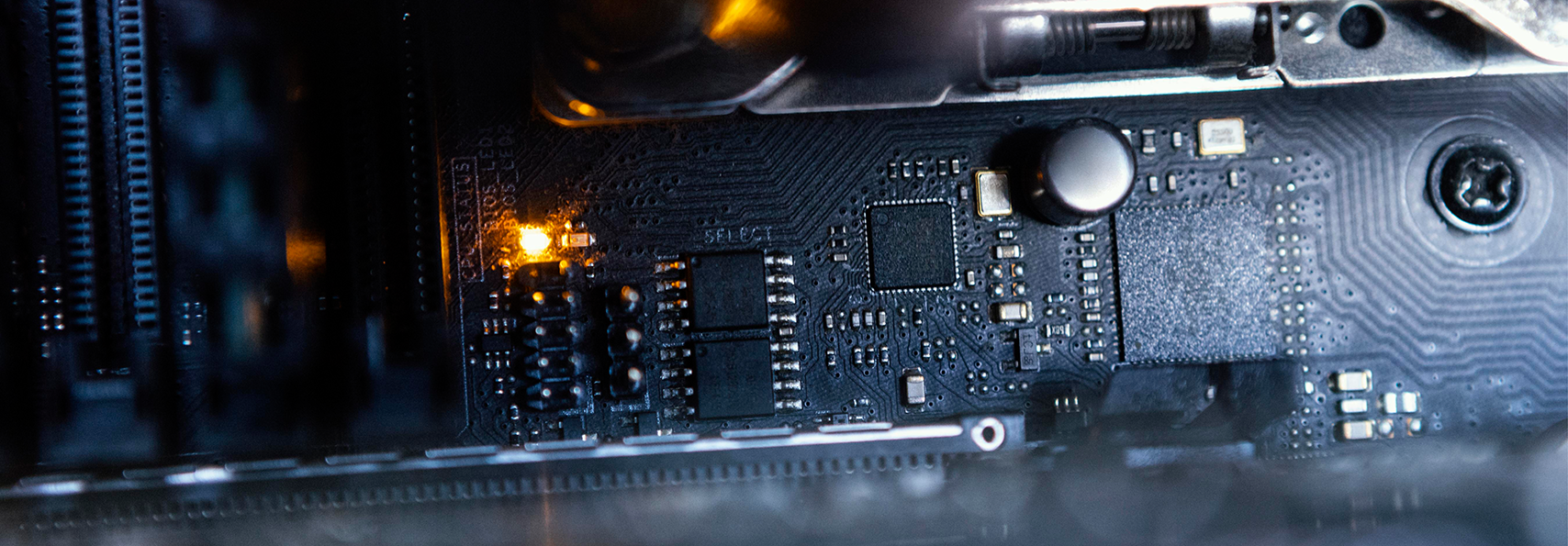
Voices of Innovation
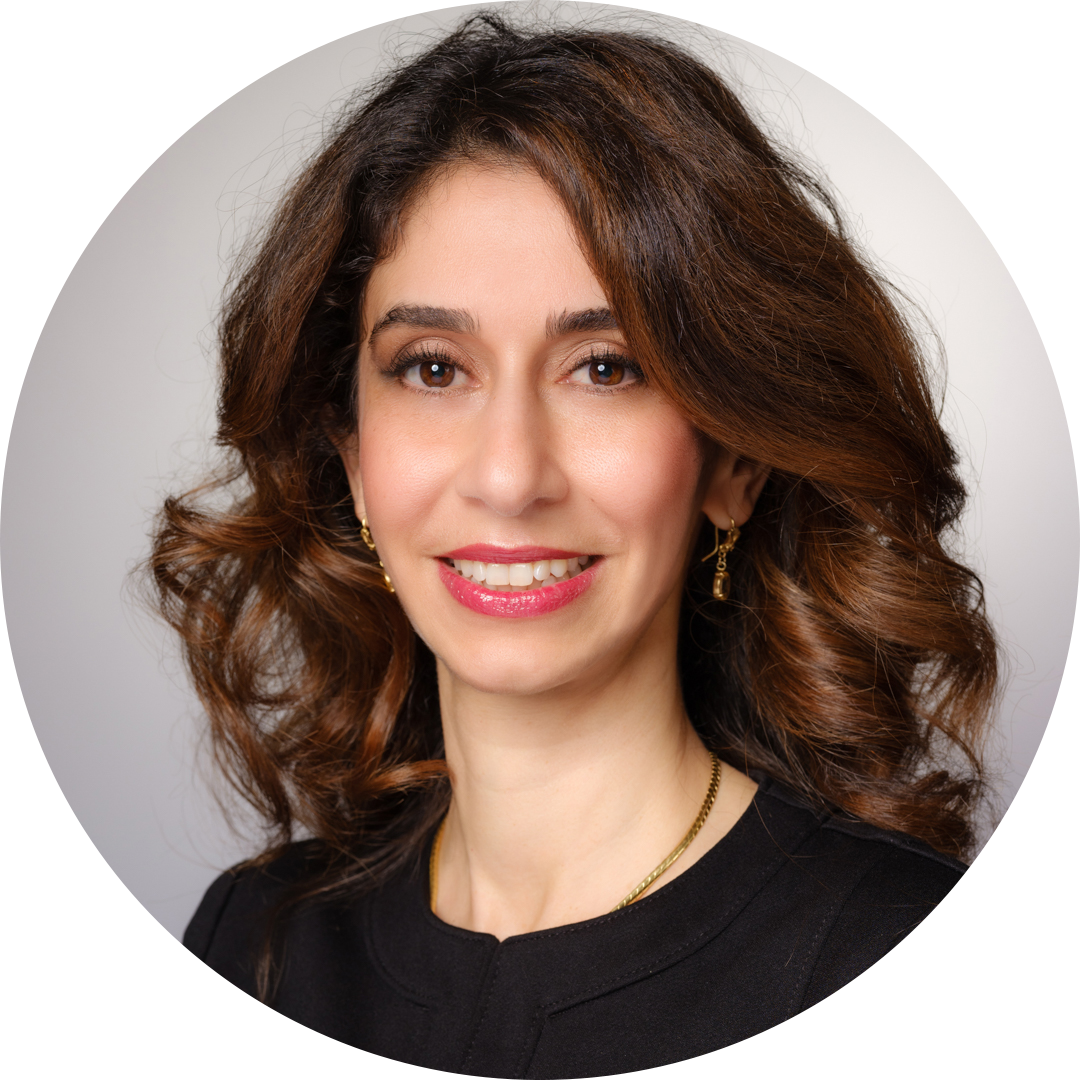 Sanaz Sheybani
Sanaz Sheybani
Sales Executive – US Central and Canada,
Leach International Corporation
“Our “Voices of Innovation” interview series spotlights key contributors at Leach International. We speak with engineers and leaders about their work in aerospace technology, their experiences at Leach, and their thoughts on future industry developments.”
Phil McNamee, Engineering Specialist
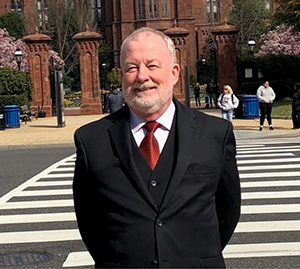
You’re an Engineering Specialist – what is this role all about?
In my case, I am a generalist who has specialized knowledge in a field of specific subject matter. The net result is being considered a subject matter expert, if such a thing exists. My role is often directed towards the general overall way that we develop products, solve issues, and the way we operate the business. I understand how the business operates, and, frequently, to get the quickest, best solution, you need to understand both the technology and the business.
A typical day involves either answering other engineers’ various questions or deriving solutions to complex, technical, or administrative issues. On other days, I analyze the issues associated with specific technical problems, derive fact and science-based theories as to why the problem occurs, and then formulate tests (experiments) to prove the cause of the issue and develop corrective action. I also spend a considerable amount of time reassuring others that their decisions are correct or their understanding is adequate. It is also a mentoring role.
Alongside this mentoring role, I occasionally have to put out the word that something has gone wrong and a product should be stopped. I see how a seemingly minor defect in the product will affect the end use (aircraft). Not a very popular position to be in, but one I gladly accept. It requires that one be sure of one’s own judgement.
You get high-probability-of-failure projects. What’s behind this?
Most engineers are taught in school that for a particular problem, there is a particular answer. And it might take them 15 years in industry to get over that, and some of them never get over it. What’s associated with that is the belief that you must not, you cannot, you shall not, fail. My view is that you don’t learn anything new from success, so I’m not daunted by the probability of failure.
I often say, ‘if you’re talking to me, it’s never good news’ because I usually only get involved after a project is proving difficult, if the customer is dissatisfied, or the task lacks a clear place to start or end, though this isn’t typical. I also become involved if it is clear that the technical team assigned needs additional support. I mitigate the situation, then return it to the core team.
You’ve had varied interests – missile guidance systems, roller coasters, captaining the Balboa Island ferry, medieval reenactment, karate, and much more. How did you come to all this?
Accidentally. Curiosity, a sense of whimsy, and a love of the sea. With a basis of being highly competitive with myself. By accepting challenges outside of my comfort zone, I always eventually found myself in a comfortable situation.
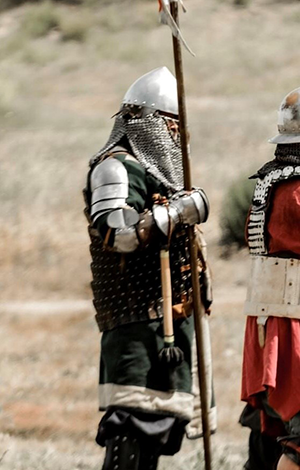
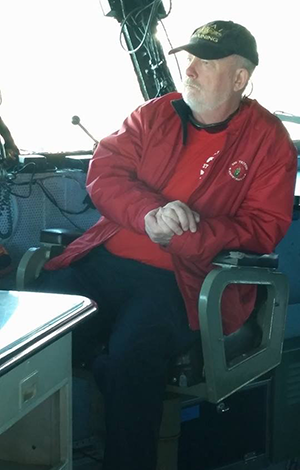
What started you on your engineering career? What was your first job?
I was originally a physics major, but in my junior year I realized I didn’t want to be a research physicist. I switched to aerospace engineering at Cal Poly Pomona – one of the most math-intensive majors there is.
While working at a lumber yard, a friend’s father, who managed at General Dynamics, connected me with an interview. Two days later, I joined their Flight Test Department as an assistant engineer. It’s incredibly complex work that you can’t learn at any university – you learn it as an apprentice.
As I was graduating, I got “voluntold” to support the AEGIS shipbuilding program – land-based development first, then sea-based. They picked me because I could do vector math, which modern warships use a lot. I wrote flight plans, flight tested missiles, and certified ships for deployment using a checklist that took about eight months to go through. Then I started teaching others.
This is how I became the senior Standard Missile flight analyst for the AEGIS shipbuilding program, responsible for verifying shipboard systems using hand-calculated vector calculus and analyzing engagement performance after each shoot. At the same time, I was also teaching aerospace engineering at Cal Poly Pomona while studying for the professional engineering exam – teaching the sophomore core curriculum, including design engineering, optimization, linear algebra, and programming. I highly recommend against that lifestyle of having a full-time job while teaching and studying.
Eventually, they put me in charge of that group, then expanded my responsibilities when a new opportunity appeared. This was to transfer to the Guidance Design Section, working on the preliminary work for the Advanced Air-to-Air Missile System.
When a colleague became ill, I ended up writing four research and development reports. We scored well, so I inherited those projects. Later, we got a request for proposal for the advanced air-to-air missile system. I wrote the guidance section of the proposal, based on the research reports I wrote, and when it was awarded, I became program manager for the AAAM guidance system.
In the background, I took up karate – 11 years later, I had two black belts – a very, very rewarding time.
Then you got into roller coasters?
After General Dynamics, I went to work for a company that made electromagnetic levitation systems and actuation devices for aerospace systems. We got involved in ride show equipment in hotels in Las Vegas, providing high-tech motion control systems solutions. If you’re going to try to fix a broken machine and you show up with me, a guy with a PhD in Controls Theory, and three retired jet engine mechanics, you can fix the broken machine. Later, we deployed technology into a ride involving an electromagnetic roller coaster launcher, one of the very first ever in the world. And now that’s a very common way for roller coasters to operate.
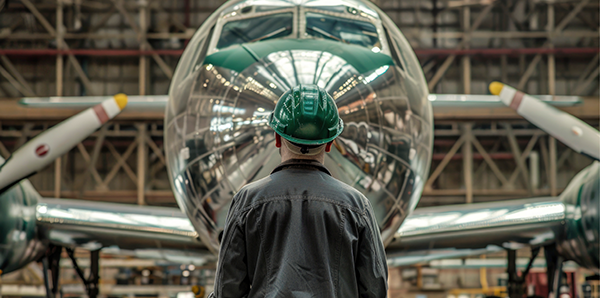
You’ve been at Leach for many years. How did you get here?
After a few other detours, I was asked to interview at Leach with the VP of Engineering and the Head of Technology. I joined as the manager of electromechanical engineering. Then had a role in supply chain management, then purchasing, as the company’s needs required. Our team was responsible for everything that got bought and every supplier that we have. And it was a fun job. I worked with people I really liked who were very competent at their jobs.
There are many who have been here more than 20 years. There’s a sense that we’re all in this together. Leach has been around more than a hundred years, so we have this heritage, and it’s a well-respected heritage.
What’s the most complex electromechanical challenge you’ve solved at Leach?
I would have to say the failures in our power distribution assembly PDA-150 and 151 systems, which were in the field. In all, there were nine issues ranging from moisture-sensitive electrical component failures to an error in the customer’s original specifications. Resolving this long, interconnected series of issues took most of my time for about 20 months.
Each jet engine has an electric generator that supplies power to the aircraft. The aircraft also has batteries and an auxiliary power unit – a small generator used to start one jet engine, which then starts the other.
At Leach, we make the switch that connects the generator to the aircraft so you can disconnect it if something’s wrong. We also make the safety equipment that prevents electrical fires – circuit protection sensors and other devices. We put those switches in a box called a power distribution assembly, or PDA, which routes power to subsystems as needed. The PDA-150 and 151 include the primary switch connecting the aircraft generator to the distribution system, plus safety equipment that monitors the connection. This safety equipment mirrors what’s in the generator. If the images don’t match, the generator turns itself off. It also acts like a circuit breaker, shutting off circuits that are drawing too much current.
These boxes have tremendous environmental, size, and weight constraints. To a layman, they look complicated, but basically they take power in one side and send it to switches that distribute power throughout the aircraft. The trick is that you have two generators on board. The two boxes – left side and right side, 150 and 151 – talk to each other. If you lose one side, the other can power the whole aircraft. Both can access the batteries and auxiliary power unit. So if you lose one whole side, the aircraft stays operational. That’s true for military helicopters, passenger planes, and even rail systems.

What was your process in fixing the problems?
Careful, objective investigation.
After we declared one problem fixed and implemented corrective action, another unit came back with the same problems. That’s when I was assigned and I was told: work on this until it’s done. They said problem number one was caused by a broken wire. I said, show me the broken wire. I took it to my expensive microscope and looked at that wire. It wasn’t broken. That’s not what’s wrong.
Then there was another problem – it’s supposed to do this but doesn’t do that. They blamed it on X, Y, Z. I said, show me X, Y, Z. When the one came back after they said it was fixed, I didn’t let them touch it. I took it apart and looked for X. I found something – there were nine of these types of issues.
So one at a time, with help from other engineers and the organization, we found the root cause, we fixed it, we proved it was fixed, we implemented the fix, we refitted all the units in the field, sent them back, and everybody was happy.
Any advice for new engineers – things you can’t learn in school?
Some universities teach you to write good scientific papers, but good luck going out on the floor and figuring out why a whole family of switches doesn’t work right. Here, failure is not an option. Your due diligence has to ensure the product is reliable and safe. Do your due diligence.
Experience is what you get when you don’t get what you want – that’s a quote from Robert Heinlein. And don’t confuse process with progress. The fact that you filled out your corrective action report doesn’t mean you fixed the problem. Root cause means root cause – we’re not treating the symptom. Do the math. Verify by test.
In most universities, getting to the symptom is good enough. I fret about technical education in the 21st century when I compare it to the fact that we went to the moon with computers inferior to my cell phone in every way. It’s a craft we’ve lost. Engineering isn’t CAD or meetings and opinions, it’s knowledge and applied math and science. Some people never stop learning and can effectively apply knowledge from one experience to another. That goes back to accepting challenges outside your comfort zone. Teach yourself to be a generalist.

Sanaz Sheybani
Sales Executive – US Central and Canada at Leach International Corporation
With a Master of Science in Electrical Engineering and certifications in project management, marketing, and operations, Sanaz brings expertise to Leach Corp. Fluent in English, French, and Persian, she excels in global communication. Previously, Sanaz led projects developing anti-icing windshield heaters for light commercial jets. Outside work, she enjoys travel, skiing, scuba diving, culinary adventures, and dancing.

